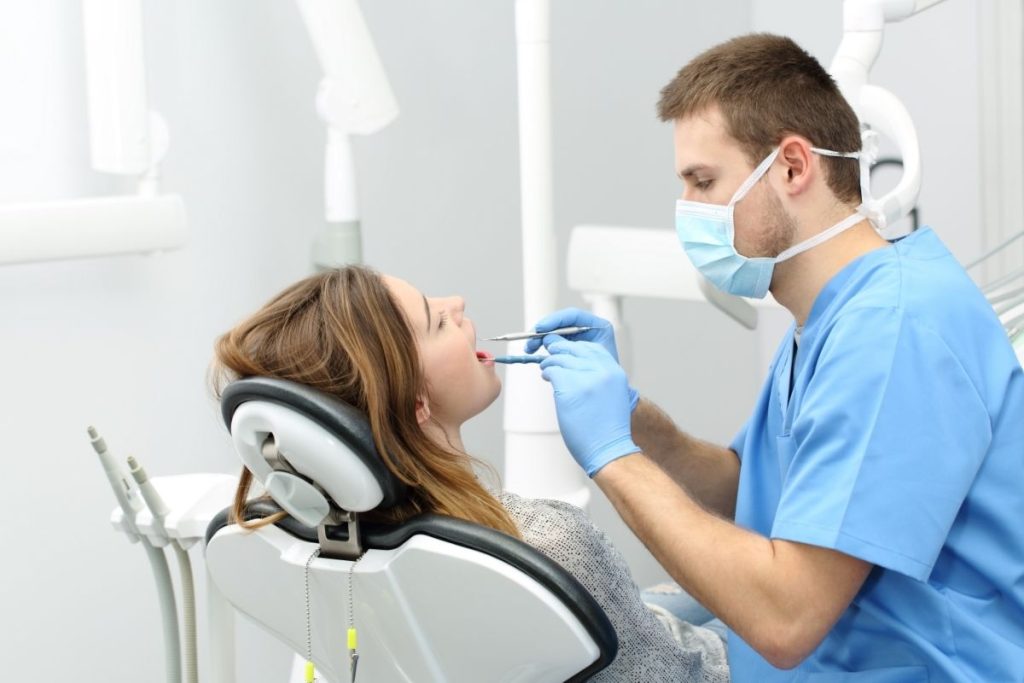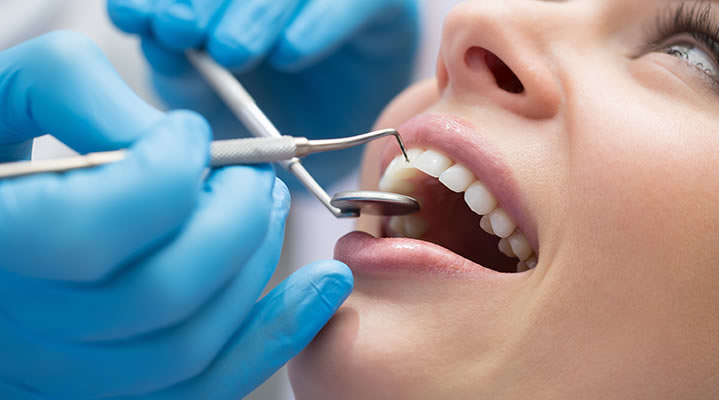Baby Teeth to Permanent Teeth: An Important Transition
The transition from baby teeth to permanent teeth is a significant milestone in a child’s life. This process, known as exfoliation, typically begins around the age of six and continues into the early teenage years. As parents, understanding the various aspects of this transition and the importance of pediatric dentistry is crucial to ensure your child maintains optimal oral health throughout their life.
The Stages of Tooth Development
To comprehend the transition, it’s essential to understand the stages of tooth development in children:
Eruption of Baby Teeth:
- Baby teeth, also known as primary teeth, usually begin to emerge around six months of age.
- Most children will have a full set of 20 baby teeth by the age of three.
- These serve as placeholders for the permanent teeth, that will eventually replace them.
Exfoliation of Baby Teeth:
- The exfoliation process, or the natural shedding of it, typically begins around the age of six and continues until the early teenage years.
- As permanent teeth start erupting, primary teeth gradually loosen and fall out.
Eruption of Permanent Teeth:
- Permanent teeth, also called adult teeth, start emerging as early as six years old and continue until the late teens or early twenties.
- The first permanent teeth to emerge are usually the lower front incisors.
- The transition from baby teeth to permanent teeth is a gradual process that varies from child to child.
The Importance of Pediatric Dentistry
Pediatric dentistry plays a crucial role in guiding children through the transition from primary teeth to permanent teeth. Here are some key aspects of its importance:
Preventative Care
- Pediatric dentists focus on preventative care, such as regular check-ups, cleanings, and fluoride treatments.
- Early detection of dental issues can prevent more extensive and costly treatments in the future.
Oral Hygiene Education
- Pediatric dentists educate both parents and children about proper oral hygiene practices.
- Teaching children how to brush and floss correctly is essential for maintaining healthy teeth and gums.
Monitoring Growth and Development of Baby Teeth
- Pediatric dentists must monitor the growth and development of a child’s teeth and jaws.
- Early intervention can help address issues like misaligned teeth or bite problems.
Managing the Transition:
- Pediatric dentists guide parents and children through the transition from baby teeth to permanent teeth.
- They can advise on the best practices for managing exfoliation and the emergence of permanent teeth.
Caring for Baby Teeth
While baby teeth are temporary, they are essential for various reasons, as chewing and nutrition; they are crucial for biting, chewing, and properly digesting food. A healthy diet during childhood relies on functional primary teeth. Another important point is the speech development, since baby teeth play a significant role in it, cause they help children articulate sounds and words correctly.
There’s also the placeholder for permanent teeth, because baby teeth maintian space in the jaw for them. Premature loss or damage to them can lead to alignment issues in permanent teeth. To care for:
- Start oral hygiene practices early, cleaning the baby’s gums with a damp cloth from infancy.
- Begin brushing with a soft, infant-sized toothbrush as soon as the first tooth emerges.
- Limit sugary snacks and drinks to reduce the risk of cavities.
- Schedule regular check-ups with a pediatric dentist.
Transitioning from Baby Teeth to Permanent Teeth
This important transition can be both exciting and challenging for children. Here’s how parents can help:
Monitor Tooth Exfoliation:
- Keep track of when it start to become loose and fall out.
- Encourage your child to gently wiggle loose teeth but avoid forceful pulling.
Celebrate Milestones:
- Celebrate the loss of it as a rite of passage.
- Create a positive and encouraging atmosphere.
Maintain Good Oral Hygiene:
- Continue regular brushing and flossing routines.
- Teach your child to care for both baby and permanent teeth.
Address Anxiety:
- Some children may feel anxious about losing primary teeth or experiencing discomfort during the transition.
- Offer comfort, reassurance, and a visit to the pediatric dentist if needed.
As permanent teeth emerge, parents may notice irregularities in their child’s bite or tooth alignment. Orthodontic evaluation can determine whether orthodontic treatment, such as braces, is necessary. Early intervention by an orthodontist can help address alignment issues and prevent more complex problems later in life.
The transition from baby teeth to permanent teeth is a significant developmental milestone in a child’s life. Understanding the stages of tooth development, the importance of pediatric dentistry, and the role of parents in maintaining oral health is essential for a healthy and confident smile throughout adulthood. By providing proper care and guidance, parents can ensure their children’s oral health and instill good dental habits that last a lifetime.




